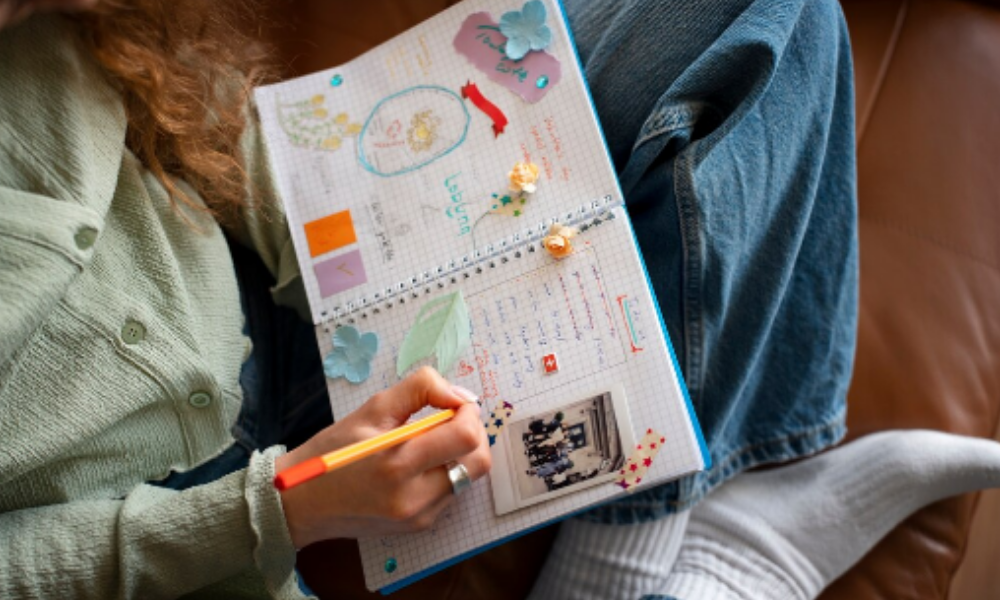
For busy families, keeping kids on track with chores, learning, and bedtime routines can feel like a never-ending task. Between schoolwork, household responsibilities, and downtime, there’s always something that needs to be planned.
Thankfully, AI tools like GPT can lend a hand. With just a few prompts, you can create custom chore charts, personalized bedtime stories, and fun flashcards—all in minutes. These AI-powered ideas can save time, reduce stress, and even make everyday routines more enjoyable.
Let’s break down how you can use AI for each of these family-friendly tasks.
- Creating Chore Charts That Actually Work
The challenge: Kids often forget chores or feel unmotivated to do them. Paper charts can work, but they need constant updating.
How AI can help:
AI can generate colorful, age-appropriate chore charts based on your child’s age, responsibilities, and weekly schedule. You can even make them themed (superheroes, princesses, dinosaurs) to keep kids interested.
Example prompts to try:
- “Create a weekly chore chart for a 7-year-old with tasks like making the bed, feeding the cat, and putting away toys. Make it colorful and fun.”
- “Suggest a rotating chore schedule for three kids aged 6, 8, and 10.”
- “Make a printable chart for household chores with boxes to tick off each day.”
AI can also help you create reward systems—like points, stickers, or small treats—to keep kids motivated.
Pro tip: Once the chart is ready, paste it into a design tool (like Canva) to add images or characters your child loves.
- Writing Personalized Bedtime Stories
The challenge: Reading bedtime stories is magical, but finding fresh, exciting tales every night takes time.
How AI can help:
AI can instantly write original bedtime stories based on your child’s name, favorite animals, hobbies, or even recent experiences. This makes the story personal, engaging, and extra special.
Example prompts to try:
- “Write a short bedtime story for a 5-year-old named Sam who loves dragons, rainbows, and soccer.”
- “Create a 3-minute story about a girl named Mia who becomes friends with a talking turtle and learns about kindness.”
- “Write a rhyming bedtime story about a space-traveling teddy bear.”
You can also ask AI to add educational elements to stories—such as moral lessons, gentle science facts, or vocabulary-building words.
Pro tip: Save your favorite AI-generated stories and turn them into a “family storybook” you can print and keep.
- Making Flashcards for Learning
The challenge: Kids need to review school material, but studying can be boring without the right tools.
How AI can help:
AI can quickly create flashcards for any subject—math, spelling, history, science, or even foreign languages. You can print them or use them on digital flashcard apps.
Example prompts to try:
- “Make 20 math flashcards for multiplication tables from 1 to 10.”
- “Create 15 flashcards for French words about animals with English translations.”
- “Generate flashcards for U.S. state capitals with a fun fact about each state.”
To make studying interactive, you can also ask AI to create quiz-style questions or multiple-choice answers that work alongside the flashcards.
Pro tip: For visual learners, pair the AI-generated text with images from free photo sites or drawing apps.
Why This Works So Well for Families
Using AI for these everyday tasks saves time and mental energy. Instead of spending hours making charts, writing stories, or designing study tools, you can have AI do the heavy lifting—then customize the results to suit your family’s style.
Benefits include:
- Personalization: Tailored to your kids’ ages, interests, and learning needs.
- Consistency: Makes it easy to keep routines on track week after week.
- Fun factor: Turns chores and learning into something kids look forward to.
Tips for Getting the Best Results
- Be specific in your prompts – The more details you give (age, favorite things, school topics), the better the AI output.
- Add visuals – Kids respond well to colorful images and themes.
- Make it interactive – Let your child help choose chores, story characters, or flashcard topics.
- Keep it fresh – Update charts, stories, and study materials regularly to keep kids engaged.
Final Thoughts
AI isn’t just for tech experts—it can be a practical, creative helper for families. Whether you’re keeping track of chores, making bedtime magical, or turning study time into a game, these tools can make everyday life smoother and more fun.
With a few well-chosen prompts, you can create resources that are personal, practical, and perfectly suited to your family.









